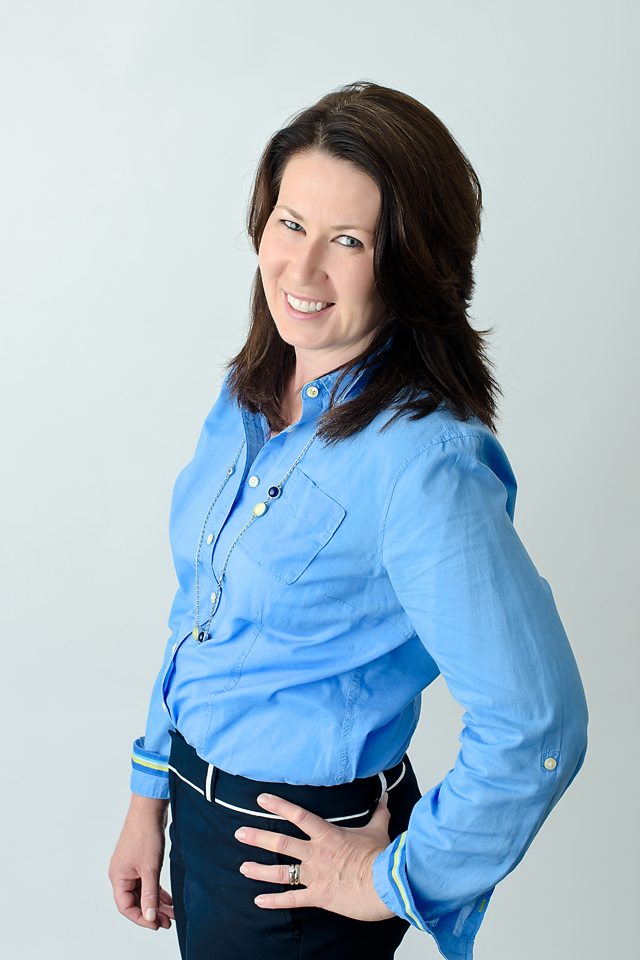Skin care professionals routinely offer and discuss sun protection with our clients; however, formulators are restricted in their ingredient choices, and many believe we could deliver safe yet more effective options.
Sunscreens are regulated in the United States by the Food and Drug Administration (FDA) as over-the-counter (OTC) drugs. As such, they must demonstrate safety and effectiveness using FDA testing methods and comply with all the requirements outlined in the FDA’s sunscreen monograph.
THE NUMBERS
The global sun care market was valued at $10.7 billion in 2020 and has a projected growth rate of 4% annually from 2021 to 2028. These numbers may have been affected by the pandemic, limited travel, and the shift to a work-from-home model. Those factors combined with limited sporting events and vacations led to a change in consumer purchasing habits. With some semblance of normalcy, figures are on the rise again.
In 2020 approximately 48% of sun care products bought were retailed through grocery stores and hypermarkets. Increasing the number of brands sold through these channels made it convenient for many consumers.
With mainstream media bringing enhanced awareness to the increasing numbers of ultraviolet-induced melanoma and other dangerous skin cancers, consumers are becoming more sun-safe savvy. However, with often conflicting information, consumers may need clarification. Data is often difficult to navigate, as well as understanding the need for frequent application; how sun protection factor ratings are measured; whether cream, spray, lotion, stick, or powder is the best form of application; and when and where to apply – not to mention the labeling of products and their ingredients. What is safe? What is safe for the environment?
THE CONSUMER ENVIRONMENT
Consumers are driving changes to the sun care market in many ways, including responding to the negative press in multiple areas of the industry. They are driving demand for healthier ingredients, extended protection, environmental safety, and are showing concern for the safety of chemical ingredients absorbed into skin. Some sunscreen ingredients, such as oxybenzone and octinoxate, have been discovered to have endocrine-disrupting potential. In a clinical trial by the FDA, twenty-four healthy volunteers applied one of four commercially available sunscreens to measure their systemic absorption. The study ran from July 2018 to August 2019. The ingredients tested were avobenzone, oxybenzone, octocrylene, and ecamsule. These ingredients resulted in plasma concentrations exceeding the FDA’s threshold.
Green-label ingredients are gaining popularity with consumers. Components free from fillers and parabens are essential to many and coral reef bleaching and erosion have sparked enough concern that ingredients deemed unsafe for the environment are being banned. This began in Australia and is spreading across the globe with Hawaii and Key West, Florida. Other countries, including Thailand, are also following suit. The main confusion with reef-safe ingredients comes in the labeling as there is currently no legal requirement and little regulation on the term reef safe.
RULES & REGULATIONS
Sun care regulation has been under the umbrella of the FDA since the 1970s. Under pressure from various groups to improve the ingredients available and create more consumer-friendly labeling, some changes were made. In 1999, “The Final Monograph for OTC sunscreens” was suggested, but these changes were never implemented. The deemed final order was eventually enacted through the CARES ACT, passed in 2020, 21 years after it was first proposed.
On September 24th, 2021, the FDA posted their deemed final order for marketing over-the-counter sun protection products; this order contains revisions to the deemed final order and reflects FDA requirements for future sunscreen labeling and marketing of sun protection products. These revisions were initially published in 2011. In 2014 The Sunscreen Innovation Act (SIA) was established to provide an alternative process for reviewing the safety and effectiveness of over-the-counter sunscreen ingredients and expediting the process. Most of the sunscreens on the market today are considered to comply with these regulations.
The over-the-counter rule book established guidelines, such as approved active ingredients, their dosage, labeling, and testing required. Providing manufacturers work within the parameters of the over-the-counter monograph, they are not required to apply for a new drug application.
Want to read more?
Subscribe to continue reading this article, plus gain access to all DERMASCOPE has to offer.
SUBSCRIBE

Kirsten Sheridan has a higher national diploma in beauty therapy from the United Kingdom and is a licensed aesthetician. She has 20 years of experience as an aesthetician and educator, holds a teaching qualification through City and Guilds London, and is a CIDESCO diplomat. Sheridan’s other qualifications include massage therapy, aromatherapy, reflexology, and electrology. She has a personal training qualification through the National Academy of Sports Medicine (NASM), although not in active practice. In addition, she is the owner and founder of knowskin.com, an online learning hub for aestheticians. Sheridan has taught for Dermalogica, International Dermal Institute, San Francisco Institute of Esthetics and Cosmetology, San Jose City College, and The Dermal Sciences Institute.